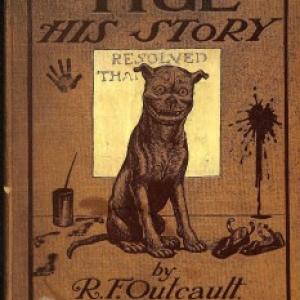Latest Post

SCRC Research Travel Grants Program Returns for 2025-2026
Posted January 13, 2025
The Special Collections Research Center (SCRC) of William & Mary Libraries is pleased to announce that it will award travel grants to faculty members, graduate students, and/or independent researchers to support research use of its collections. Writers, creative and performing artists, filmmakers,…


